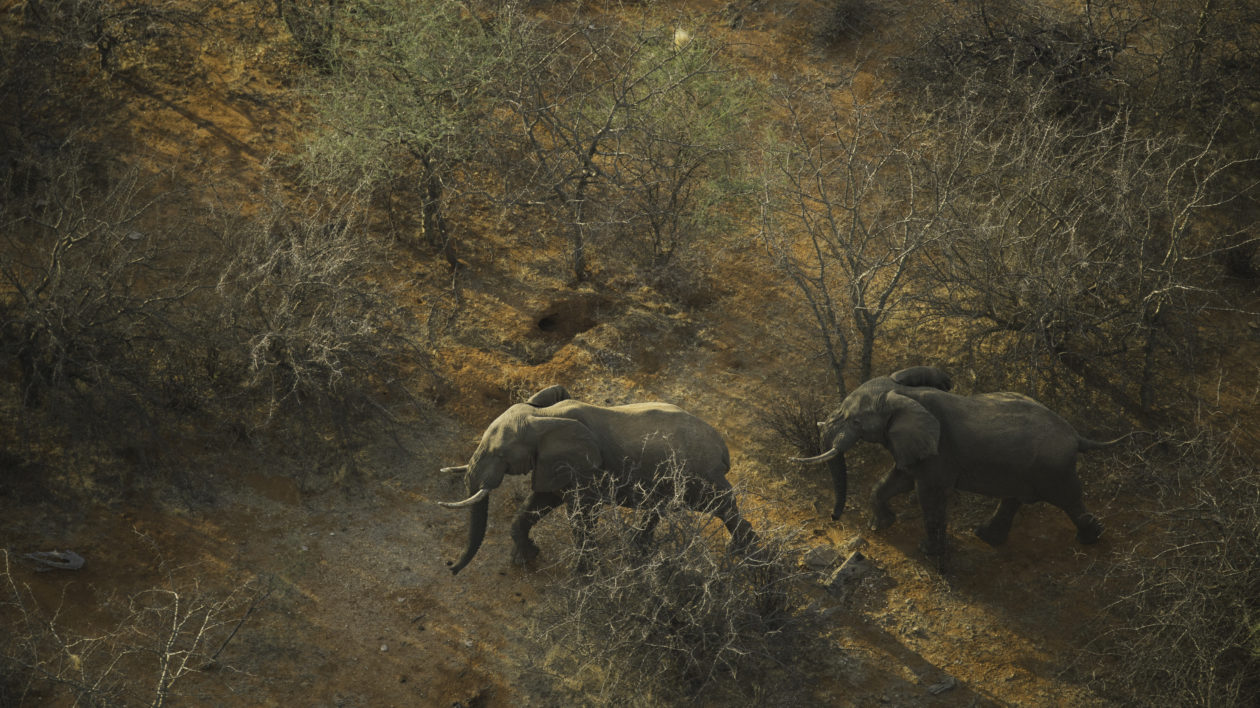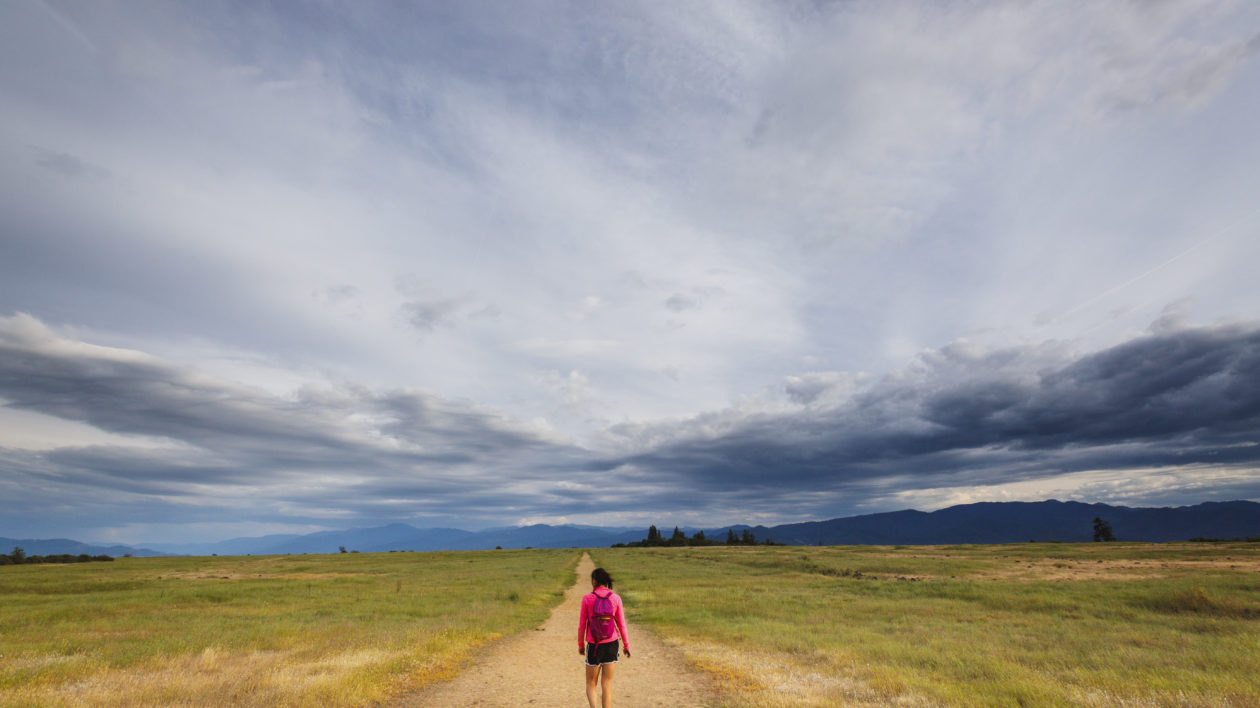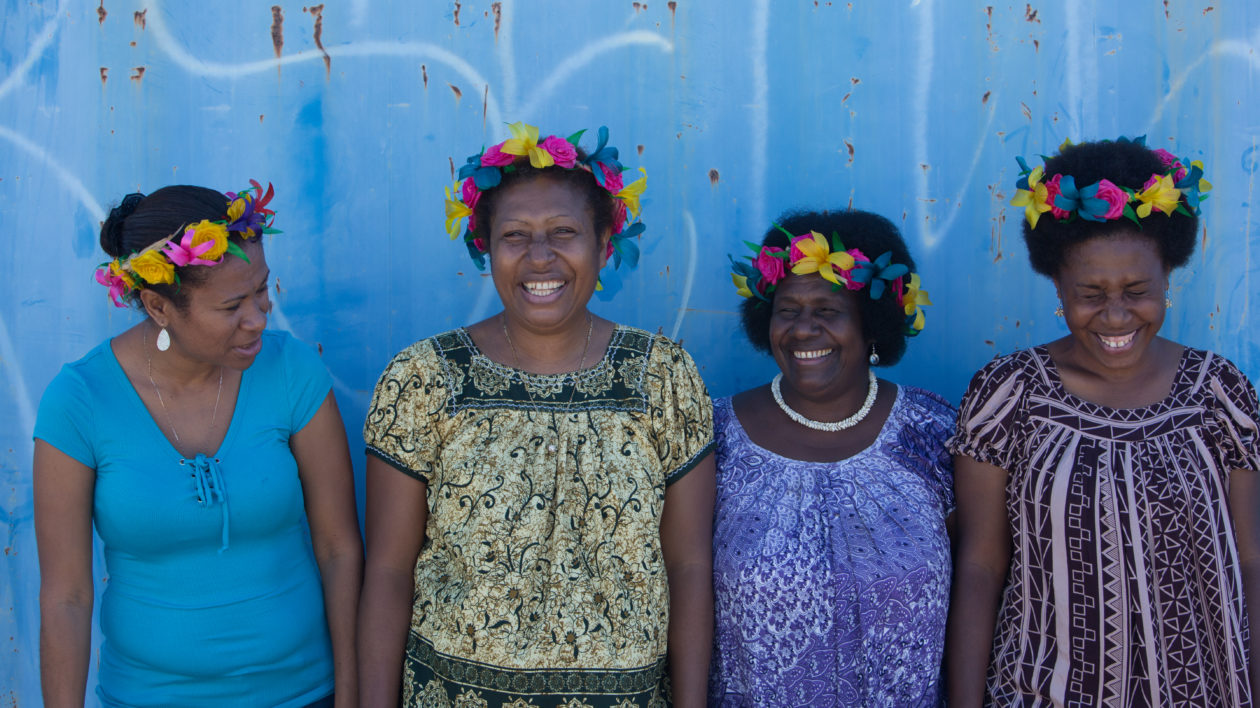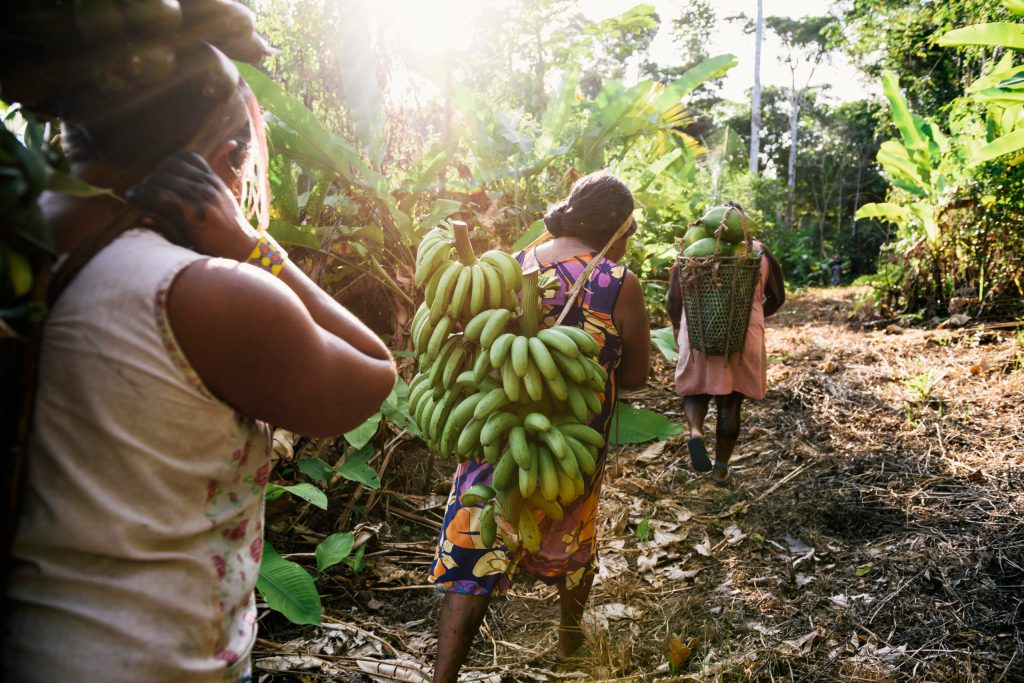“Here in Papua New Guinea, it’s challenging to be a woman. We depend on a healthy environment to put food on the table and to generate income to pay for school fees. But often, we are not involved in decisions about the very resources that we depend on.”
Ruth Konia has worked as a conservationist in her home country for more than 20 years. As a conservation manager at The Nature Conservancy, she oversees Mangrove Market Meri, an initiative led by local women to have better control over the mangrove forests they directly depend on for food and income.
Getting women involved in conservation isn’t always straightforward. Globally, women are routinely absent from decision-making about conservation or natural resources, and Papua New Guinea is no exception. Papua New Guinea is a society dominated by men, and with high rates of violence against women. More than half of partnered women and girls have experienced violence in the last 12 months – and more than 80% of perpetrators are husbands or partners.
“Men are often uncomfortable with women in positions of power and earning their own money,” says Konia. “Conservation work needs to proceed with care, especially where there are benefits for or changes in the roles for women. If we push too hard, too fast, we risk putting women in harm’s way.”
TNC’s work in Papua New Guinea is just one example of deliberately investing in women to build more equitable conservation. It is challenging, slow work—especially as we push social norms that have restricted women’s access to money and decision-making. Challenging social norms and power can come with risk, and one big risk to gender equity work in conservation is gender-based violence.

Gender-based violence (GBV) refers to harmful threats or actions directed at an individual or group based on their gender. GBV can include physical, psychological, sexual, economic, legal, political, and social harm, as well as other forms of harm and abuse. It is based on a pattern of power and control over time. Violence against women and girls is one of the most prevalent global human rights violations, affecting approximately 1 in 3 women. GBV also affects people of all gender identities, including men, and some people may face additional hardships and challenges due to harmful stereotypes and cultural gender norms.
This type of violence is rooted in structural gender inequalities and power imbalances. It is everywhere, in every country, and knows no social, economic, racial, or national boundaries.
GBV, particularly sexual assault and domestic violence, is prevalent in our home countries as well. In the United States, 1 in 3 women and 1 in 4 men have experienced rape, physical violence, and/or stalking by an intimate partner in their lifetime. And in Australia 2 million adults have experienced at least one sexual assault since the age of 15.

The Links Between the Environment and Gender-based Violence
GBV intersects with conservation and environmental impacts in many different, interrelated ways.
Impacts from climate events—such as drought, sea-level rise, resource scarcity and extreme weather—are not gender neutral. GBV rises when resources are disrupted, safety networks are eliminated, and financial instability increases. For example, reports of violence against women increased by a staggering 300% after two tropical cyclones impacted the Pacific nation of Vanuatu in 2011.
Protected areas, a cornerstone of many conservation programs, can also unintentionally introduce negative consequences for women. The introduction of rangers and other enforcement personnel can pose additional risk of sexual harassment and violence, especially for women who are away from their homes in parks, fetching water, or collecting firewood.
Conservation programs that promote women’s economic autonomy and empowerment should take particular care to conduct a robust gender analysis before introducing quotas for women’s participation or increasing income generation activities. Programs that increase women’s participation in sustainable markets or income-generation activities too rapidly, without buy-in from the husbands or other community members, can inadvertently increase intimate partner violence, as their partners aim to control finances or maintain women’s financial dependency on them.
Many of us in conservation who work with women have seen the impacts of GBV repeatedly—yet calls to address GBV through conservation programs are still sometimes viewed as “out of scope.” Or we are told the told gender-responsive planning—which can keep women safer—will take too long.
However, thanks to efforts from the International Union for Conservation of Nature (IUCN) and USAID’s AGENT collaboration and increased information sharing across our field, we have better access to research, tools, and resources to mitigate and respond GBV in our conservation programs. Many of these tools can be found in the GBV-ENV Center.

How Do We Respond to Disclosures of GBV?
It can be difficult to know what to say when someone discloses an experience like GBV.
However, there are practical steps that any one of us can apply to support someone with a survivor-centered, trauma-informed response. Conservation staff should be prepared for disclosures of GBV—from the communities they work with, as well as their own team members.
One of the most important things you can do is resist the temptation to immediately try to “fix” the situation. Without proper training, this can actually increase the risk of harm. Instead, focus on slowing down and responding to the individual person’s needs.
“I can understand how it can be difficult for conservation practitioners—people who are trained problem-solvers—not to jump in to offer solutions for a survivor,” explained Jamie Wen-Besson, Knowledge and Communications Officer for IUCN’s Human Rights in Conservation Team. “But focusing on the individual survivor and their needs first, rather than the ‘what we need to do to solve the problem’ can make all the difference.”
Steps for a Trauma-Informed Response to GBV
Gender-based violence is a human rights violation—and it’s also a very personal violation of someone’s body and autonomy. When someone discloses GBV, it’s natural to be curious or have additional questions, but these can wait. Instead, slowly work through the following steps.
Find a private and safe setting. It is very important that no one else overhears your conversation, including partners or family members (unless the individual explicitly tells you it is safe).
Listen and validate the person’s experience. This is a crucial step, and it can support a survivor to take further safety actions when they are ready. Some helpful phrases include:
- “I believe you. Thank you for sharing this with me.”
- “Your safety is really important to me.”
- “You are not responsible for someone’s actions that hurt you.”
- “Nothing you did gives them an excuse to violate your body/boundaries.”
- “You’re not alone.”
Avoid judgment. It can be very difficult to disclose GBV, and there may be a lot of shame attached. Survivors may be afraid you will judge them or worry that you will ask them to take actions they aren’t ready for. Avoid phrases like “Think about it from their perspective,” or “I’m sure they didn’t mean it.” Don’t ask questions about the abusive person’s motivations for causing harm – there is no excuse.
Do not try to “fix” things. It’s natural to want to help. But too often, “helping” means encouraging someone to take immediate action, like leaving an abusive partner. These kinds of solutions can risk alienating a survivor—or even put them at increased risk of harm, including potentially fatal retaliation from an abusive partner. Avoid phrases like, “If you’re really worried, you should leave now,” or “If this really happened, you need to report it.” Safety planning should only be done in consultation with a safety professional and/or GBV expert who is trained in this topic and can provide local resources for support.
Ask for consent before sharing information. Obtain permission from the survivor to connect with the appropriate other team members or local resources for more support. Commit to taking a survivor-centered approach, meaning that you consider the survivor’s safety and wellbeing as the top priority. If they ask to remain anonymous, honor their request.
During this conversation, you can build trust, confidence, and comfort with someone who has disclosed GBV by highlighting their strength. Some strengths are internal and describe the individual person, like being strong, brave, caring, or self-aware. You can also point to external strengths about the person’s environment, such as having a caring support network through friends, family, or colleagues.
The Nature Conservancy recently developed internal guidance for responding to disclosure of GBV and has adapted this document for public use.

Pushing for Change on All Fronts
The conservation sector is increasingly understanding that GBV affects all communities, including our own institutions. As we seek to address this issue in our conservation programs, we must also push for systemic change in our own organizations and governments.
And, above all, we need to support individual survivors who share their stories and continue to make a difference for people and the planet.
“Many of the women we work with in Papua New Guinea face immense challenges and violence in their lives,” said Konia. “With an understanding of GBV, we can better show up for survivors. We can respond with empathy and validate their experiences. And together we can work to make our conservation work safe and equitable.”
In the process of choosing media for this article, we have selected a broad range of images of women from around the world to demonstrate the pervasive nature of gender-based violence. None of the photos represent the portrayal, disclosure, or survival of violence.




A wonderful piece of writing to help throw light on GBV in the environmental sector with so many useful links to learn more. I can see myself using the tools in trainings in the Pacific region. Although many of us conservation practitioners are not trained to deal with GBV trauma, it is not an excuse to turn a blind eye, and we have a moral obligation not to do anything that causes further harm. Such an important space for us to be coming together and having discussions, and being part of the solution – thank you Meg and Robyn!